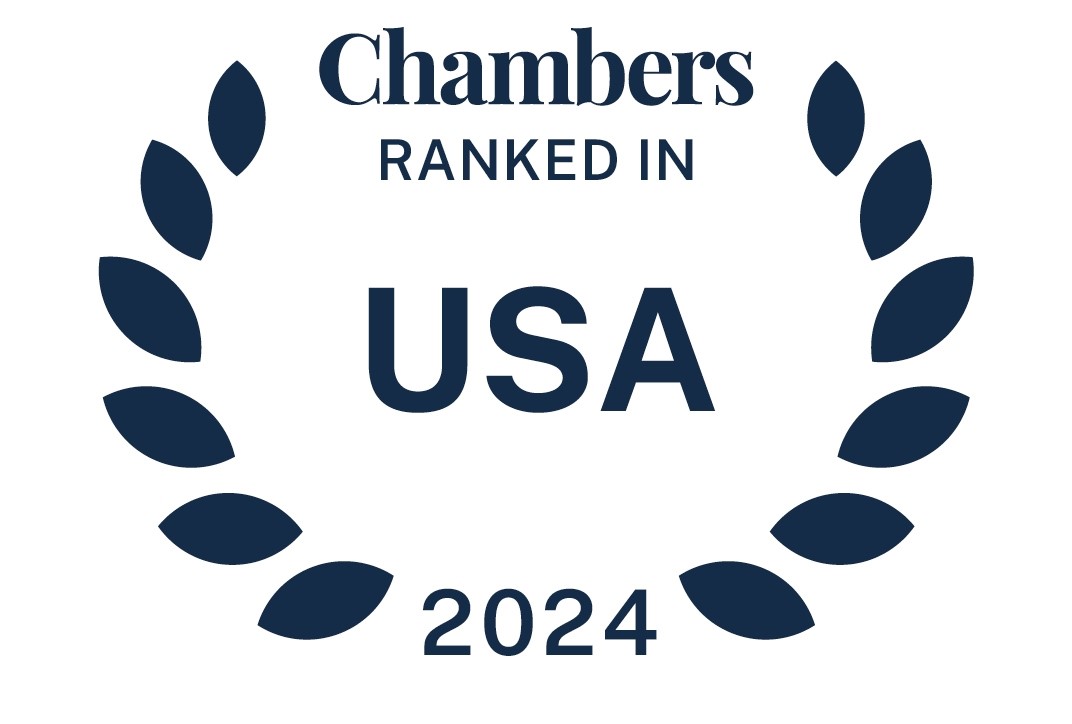The Biden administration has announced its intention to end the COVID-19 National Emergency (NE) and the COVID-19 Public Health Emergency (PHE) on May 11, 2023 (read our series introduction for more information).
On March 29, 2023, the US Departments of Labor, Health and Human Services, and Treasury (the Departments) issued a set of Frequently Asked Questions (available here), which answered questions from stakeholders relating to the various laws, regulations and other guidance enacted or adopted in connection with the NE and PHE. The FAQs include eight questions related to the anticipated end of the “Outbreak Period” on July 10, 2023, which is 60 days after the end of the NE and PHE on May 11 (rules regarding the Outbreak Period are set forth in our earlier articles here and here). Below are the highlights:
- Following the end of the PHE, plans and issuers can impose cost-sharing, prior authorization or other medical management requirements for COVID-19 diagnostic tests, although the Departments encourage plans not to do so.
- Plans and issuers are encouraged to notify plan participants of changes regarding COVID-19 diagnosis, testing and treatment. Special rules apply under which Summaries of Benefits and Coverage (SBCs) need not be amended mid-year.
- While plans and issuers will no longer be required to post prices for diagnostic tests furnished after May 11, they are nevertheless encouraged to do so.
- Plans must continue to cover vaccines that qualify as preventive services, without cost-sharing, when provided in-network.
- The FAQs provide examples relating to the application and termination of extended time periods for elections under the Consolidated Omnibus Budget Reconciliation Act (COBRA) and the Health Insurance Portability and Accountability Act (HIPAA).
- In what is a welcome surprise, the FAQs confirm that individuals covered by a High-Deductible Health Plan (HDHP) will remain Health Savings Account (HSA)-eligible until further notice even if the HDHP in which they are enrolled provides medical care services and items purchased related to testing for and treatment of COVID-19 prior to the satisfaction of the HDHP’s applicable minimum deductible.
To keep employers apprised of the rules and to assist with providing notice to plan participants of the changes that will accompany the end of the NE and PHE, the Department of Labor has issued two blog posts, which are available here and here.
Action Items: We urge plan sponsors to pay particular attention to notifying employees of the upcoming changes that will accompany the end of the PHE and NE and to ensure that participants covered under an HDHP understand that they may continue to contribute to their HSAs. Employers should consider communicating these changes to their employees.
For any questions regarding the end of the PHE and/or NE, please contact your regular McDermott lawyer or one of the authors.
read more


 Subscribe
Subscribe




